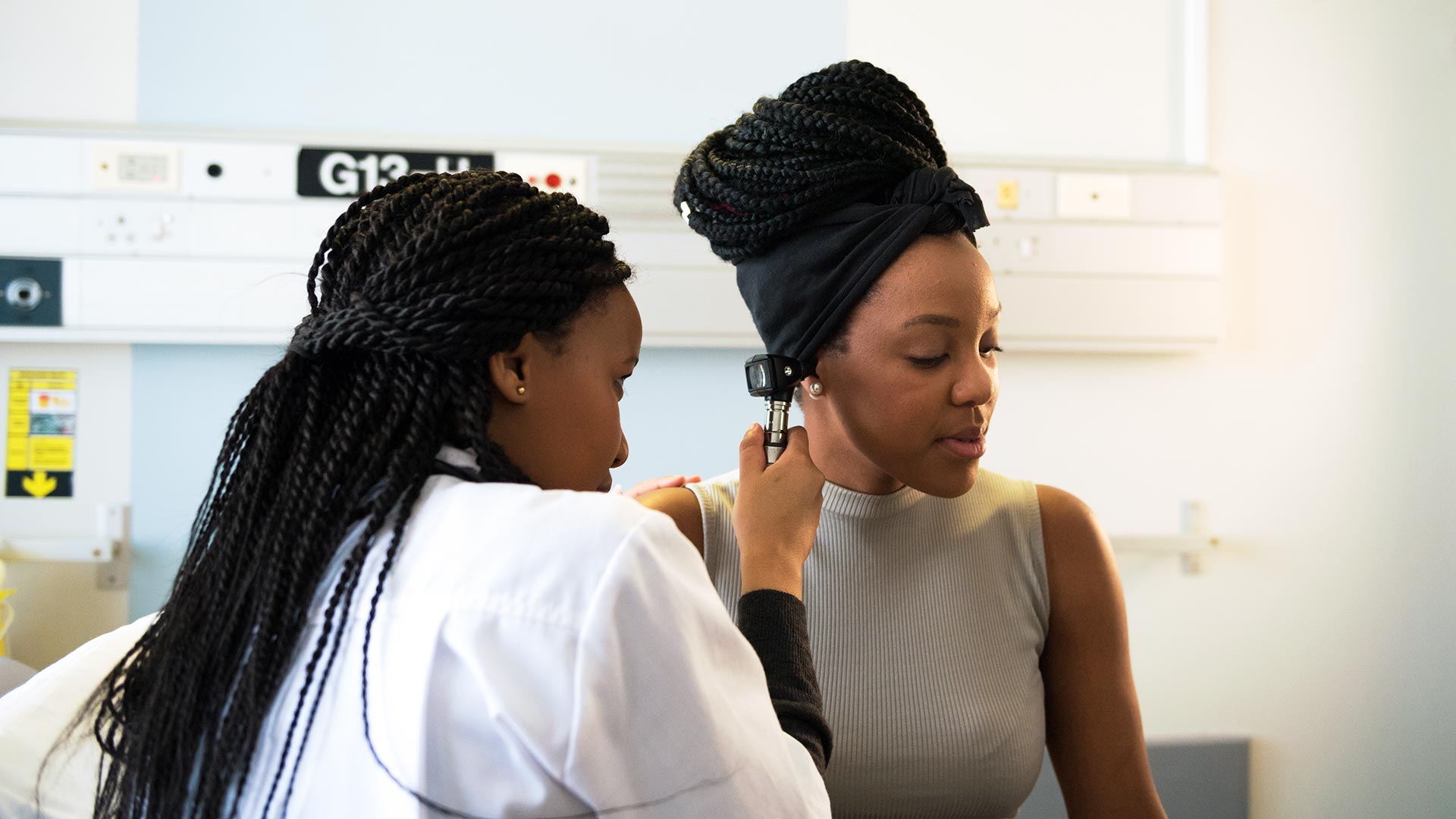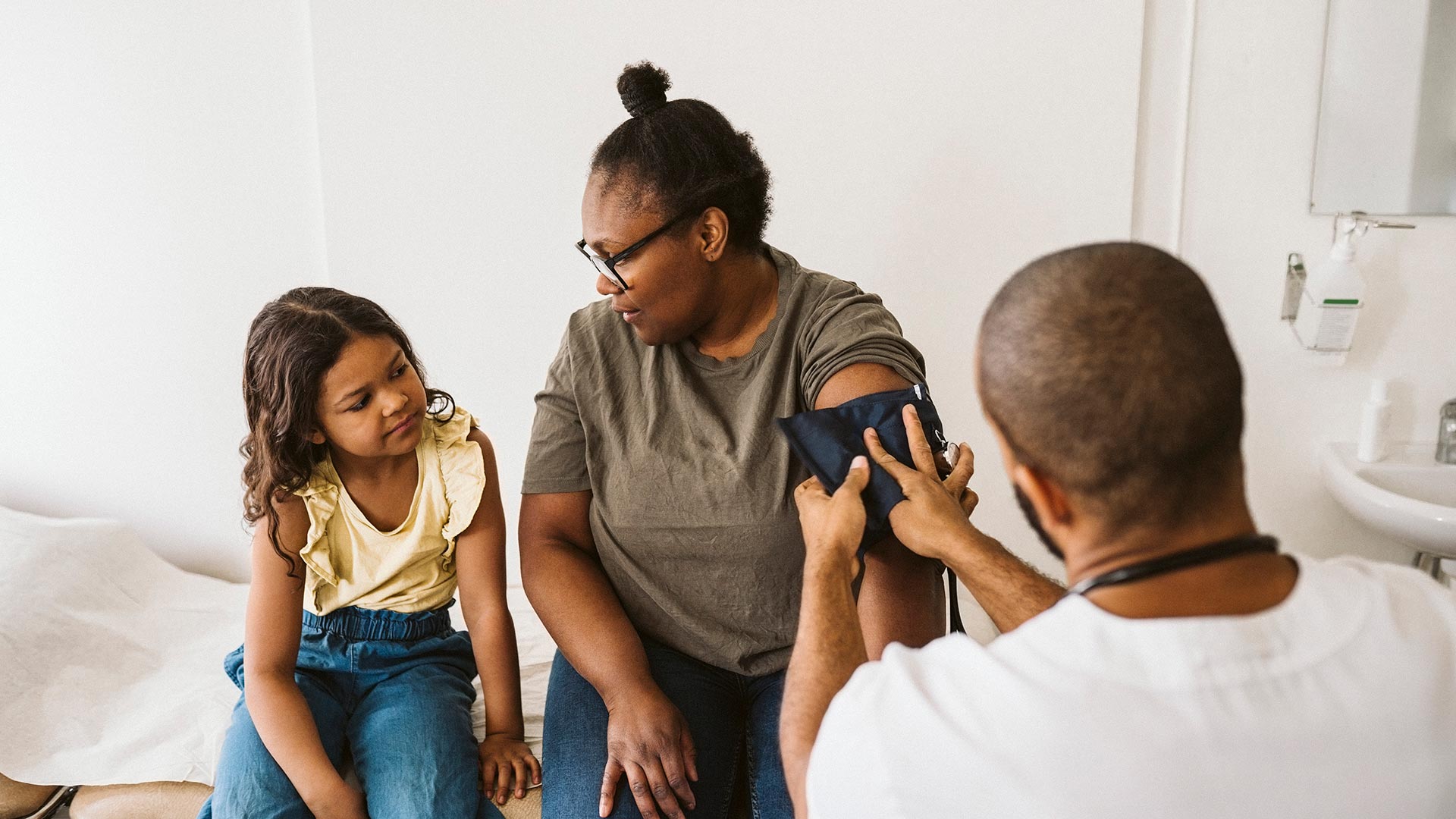
When I was practicing medicine in the U.K., I experienced firsthand the racial and ethnic healthcare disparities that are all too common today. This was especially true in pain management.
I often cared for people in the ED who had sickle cell anemia, a condition that causes the red blood cells to become rigid, blocking the blood vessels and restricting oxygen to the tissues and organs. The condition often causes a “pain crisis,” or episodes of extreme pain that can occur throughout the body.
These patients, who were Black, and many of whom were African refugees, were often labeled by other doctors in the hospital as drug seekers, when in fact, they were legitimately in pain and needed appropriate care.
Of course, in the U.S., it’s much of the same.
Black people and those from other minority groups, particularly those who suffer with chronic pain, often become victims of a healthcare system in which discrimination, implicit bias, and healthcare disparities exist.
Some providers have false notions about certain racial and ethnic groups, assumptions are often made, and symptoms aren’t taken seriously, leaving many undiagnosed, misdiagnosed, or inappropriately treated.
COVID-19 shone an even brighter light on the inequities that exist, most notably in the death of Dr. Susan Moore, a Black woman and physician who died from complications of the virus.
In a viral video, she explained how she was “treated like a drug addict” when she was refused pain medication by her doctor. Even as a physician, she had to advocate for herself, all the while pushing back on racism and sexism.
As a physician, I know, however, that identifying and treating pain has its own unique set of challenges, including addressing the opioid crisis, and preventing unnecessary treatment and overprescribing habits. While solving for these complex issues will take time, greater awareness and new approaches are vital.
Some providers have false notions about certain racial and ethnic groups, assumptions are often made, and symptoms aren’t taken seriously, leaving many undiagnosed, misdiagnosed, or inappropriately treated.
Alight Solutions
The problem with pain
In recent years, prescription drug monitoring programs have been put in place, and health systems are paying close attention to the prescribing habits of their primary care physicians and specialists—and for good reason.
Opioids are addictive and many patients are living on an escalated, maintenance dose which may not be appropriate. We also know that chronic opioid use can negatively affect cortisol levels and adrenal function.
Patients who present in the ED or who have surgical procedures are often sent home with a limited supply of pain medication instead of the monthlong course that was common years ago.
Yet physicians can also make assumptions about the presence and severity of a patient’s pain.
If a patient has a history of taking pain medication, providers will exercise more caution in prescribing additional or increased medications. These are often cautionary behaviors, but more providers are becoming defensive in their prescribing practices. In some states, providers can also see what the patient has been prescribed.
Pain is subjective and individual. People experience it and process it in different ways.
Plus, asking a patient to describe the pain or identify their pain level on a scale from 1 to 10 may not be effective.
Pain can also be exacerbated by comorbidities. For example, those with anxiety and/or depression, often have a lower threshold for pain, so managing it becomes more challenging.
While solving for these complex issues will take time, greater awareness and new approaches are vital.
Alight Solutions
Implicit bias and “Medical gaslighting”
Although we may think the U.S. healthcare system is immune to inequity and healthcare disparities, research shows healthcare professionals have the same levels of implicit bias as the general population.
Surprisingly, many also have false notions, such about pain reception and differences in physiology. These myths are likely part of the reason that people are not getting the care they deserve.
“Medical gaslighting” is an emerging term that is used to describe healthcare providers who dismiss a patient’s symptoms or attribute them to psychological factors.
A 2019 report from the U.S. Department of Health and Human Services found that for approximately 40% of the quality measures, Blacks, American Indians, and Alaska Natives received worse care than Whites.
Recently, the term “medical gaslighting” has emerged as patients—many of whom are in minority groups—describe a frustrating journey to be understood and validated by their providers.

According to a 2020 survey by Kaiser Family Foundation, Blacks are more likely than Whites to report negative experiences with providers:
- 22% of Blacks (vs. 17% of Whites) felt that a provider didn’t believe they were telling the truth.
- 19% of Blacks (vs. 12% of Whites) were refused a test or treatment they thought they needed.
Recent research also shows that “noncompliant” or “non-adherent” are words more likely to be documented in the EHR for Black patients than in those of other races.
When it comes to chronic pain management, Black patients are 40% less likely to receive pain medication and 34% less likely to receive opioids for acute pain compared to White patients, a 2019 study in the American Journal of Emergency Medicine found.
When we look at the implicit biases, false notions, and healthcare disparities that exist, it’s no wonder that distrust of the medical community among Blacks and minority groups is prevalent.
22% of Blacks (vs. 17% of Whites) felt that a provider didn’t believe they were telling the truth.
19% of Blacks (vs. 12% of Whites) were refused a test or treatment they thought they needed.
Addressing racial and ethnic healthcare disparities
When patients’ symptoms are not taken seriously—they don’t receive the right information, care and treatment, and they don’t have the opportunity to engage in their healthcare—poor outcomes and high healthcare costs result.
Despite how far we have come in the U.S. to address racial discrimination, bias, and inequity, we have a long way to go, and we can’t expect drastic changes in the medical community to occur overnight.
Healthcare providers must approach chronic pain management, however, in a holistic way. Nurses and social workers must also be involved in care to understand why a patient presents in the ED with pain for and address co-morbid conditions.
In primary and speciality care settings, physicians should be focused on ways to de-escalate and wean people off pain medications, through Suboxone, for example. They should also refer patients to pain management teams and explore non-pharmacological ways to manage pain.
It’s imperative for the healthcare system not only to prioritize efforts to increase cultural competence and humility and continue to address social determinants of health (SDOH) challenges, but ensure that medical school students are receiving education and training in these areas long before they begin to care for patients.
Although we may think the U.S. healthcare system is immune to inequity and healthcare disparities, research shows healthcare professionals have the same levels of implicit bias as the general population.
Alight Solutions
Payers also have a unique role to play, and some are already making inroads. For example, in 2021, Blue Cross Blue Shield of Massachusetts (Blue Cross) provided $25 million to be released through grants to hospitals and practices to eliminate racial and ethnic inequities in care.
On the employer side, telehealth, which can break down barriers to access care, should be promoted.

Employers should also look to DEI initiatives with strategies to engage minority groups and provide physical therapy, behavioral health, and wellness benefits. Employees who have a negative experience with a provider or health system need to have a way to voice their concerns and access healthcare advocacy.
At Alight, we understand that pain presents in many forms and is pervasive in the populations we serve, especially when it comes to musculoskeletal issues. The Medical Ally team routinely helps employees with understanding their options around surgery, medication, treatment, and finding high quality providers who are concordant with their identity and care goals. With our proprietary predictive algorithm, Alight can proactively reach out to participants who are likely dealing with pain in such a manner that they could be headed towards elective surgery— which, as many of us in the medical field know, doesn’t necessarily solve this nuanced issue. When conservative treatment is still an option, participants can connect to available digital providers of physical therapy within the Alight Worklife platform, where they can continue to receive support from our Health Pros and Medical Allies across their journey.
I am also very proud of our capability to conduct multidisciplinary expert medical opinions for the most complex cases that involve pain, via our award-winning platform. An example could include assembling an orthopedic surgeon, physiatrist, and behavioral health expert to consult together. There is a high correlation between mental health disorders, such as major depression, with the experience of chronic pain, which is why multidisciplinary collaboration is key to giving participants holistic support.
Within our Expert Physician Network, we have ensured coverage for additional types of sub-specialty pain management outside of MSK as well, such as neurologists for strokes and nerve pain associated with amputations, dermatologists who specialize in burn patients, as well as surgical oncologists, pediatric specialists, and more. These expert physicians regularly publish and are at the forefront of research in their specific areas.
I want to close by stating that amidst the ongoing opioid crisis, increases in the rates of suicide and other factors driving disparities coming out of the pandemic, it’s essential to lead with empathy when it comes to pain. We must appropriately validate experiences and address suffering to the best of our abilities in these often challenging cases.


